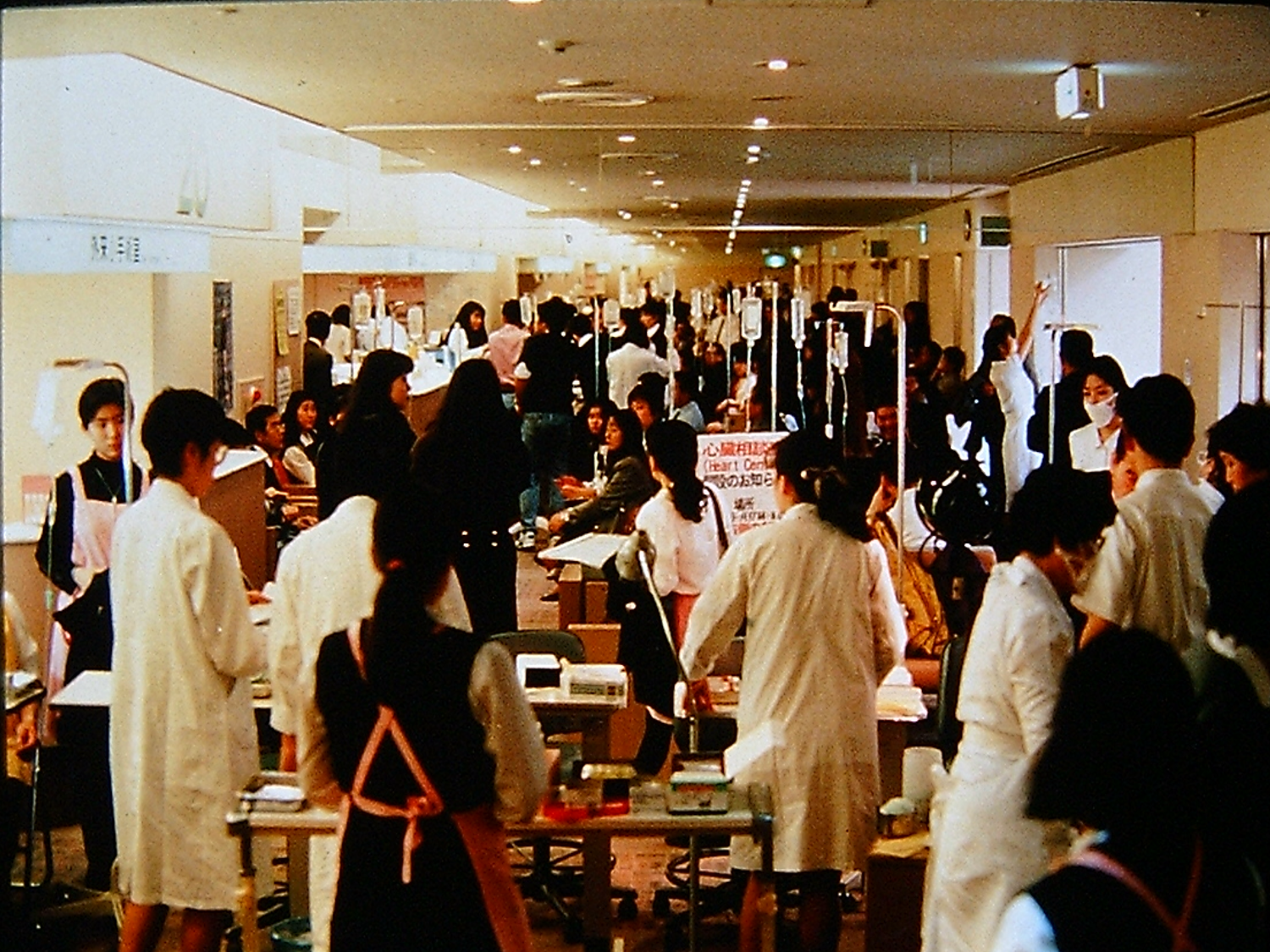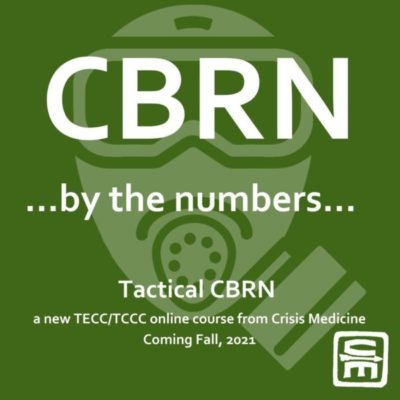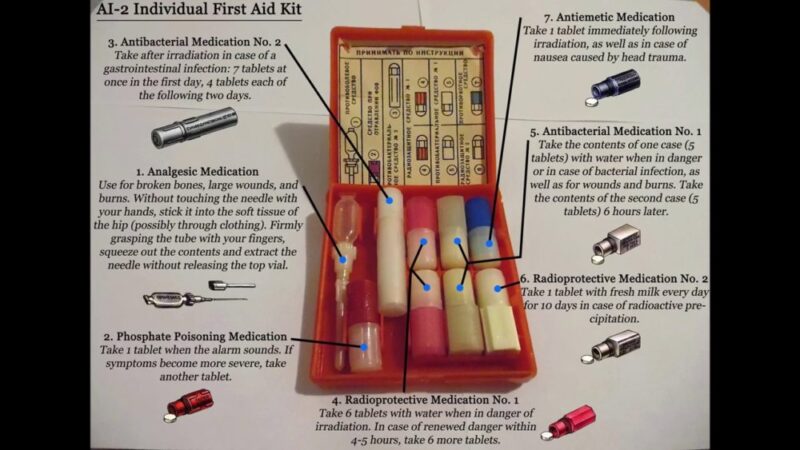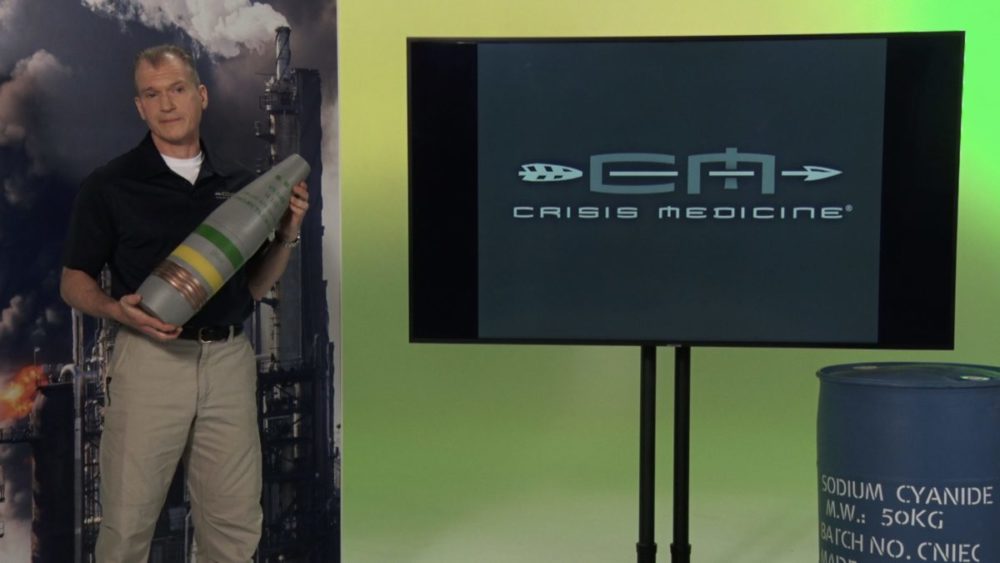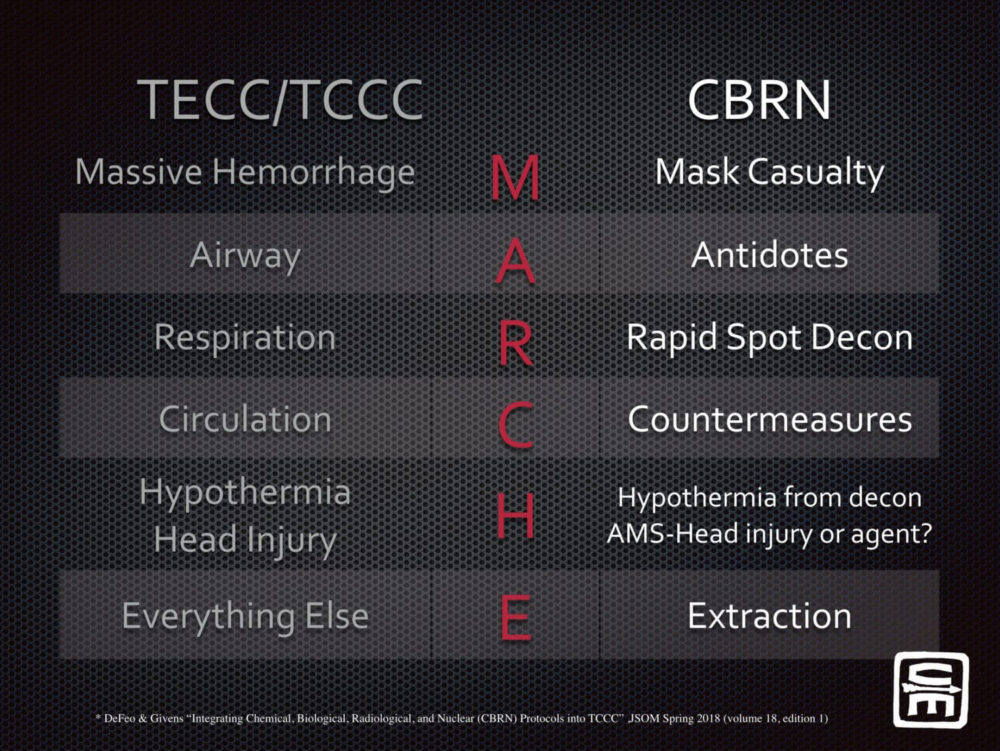🕖 Reading Time, 5 minutes On March 20,1995, in Tokyo, Japan, a “doomsday cult” called Aum Shinrikyo manufactured and deployed 10 liters of dilute sarin nerve agent in the Tokyo subway system. At that time, the Tokyo subway system was …
The use of chemical warfare agents is not only relegated to WWI: The US Department of Homeland Security – FEMA, Co-TCCC, are both currently working on chemical warfare/agent casualty management guidelines, and the Committee for Tactical Emergency Casualty Care published guidelines on 16 August 2021. With the offensive use of chlorine, sulfur mustard, and nerve agents in Syria & Iraq over the last several years, chemical warfare is a current problem. These articles are written for professionals who may be called up on to treat casualties who are both chemically contaminated and traumatically wounded.
🕖 Reading Time, 9 minutes The use of chemical warfare agents is not only relegated to WWI: The US Department of Homeland Security – FEMA, Co-TCCC, are both currently working on chemical warfare/agent casualty management guidelines, and the Committee for Tactical Emergency …
🕖 Reading Time, 5 minutes The AI-2 “aptechka” was an individual CBRN kit issued by the USSR for Civil Defense beginning in the late 1970s in a chemical, biological, radiological, or nuclear attack. Aptechka, (аптечка) loosely translated means first-aid kit. …
Animal models are often used when trying to study the possible effects of a medication or treatment and subsequently extrapolated to humans. Which species is selected depends on what is being studied. 🕖 Reading Time, 4 minutes Guinea Pigs Nerve …
🕖 Reading Time, 3 minutes In 2017, the CDC issued an emergency use authorization for a new atropine auto-injector manufacturing company because there was a sense there were not enough atropine auto-injectors in the national stockpile. Atropine is the standard …
🕖 Reading Time, 5 minutes Managing casualties in high-risk environments like active violent incidents, unstable buildings from explosion or earthquake, and houses on fire is inherently challenging. Adding the possibility of CBRN (chemical, biological, radiological, or nuclear) contamination to that …

